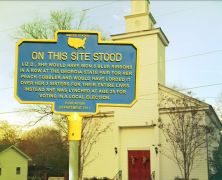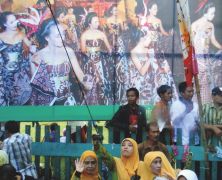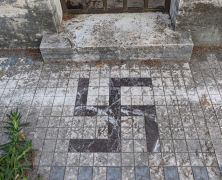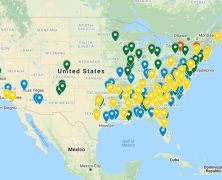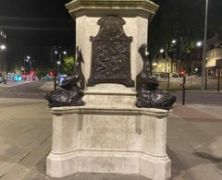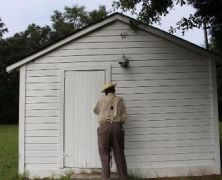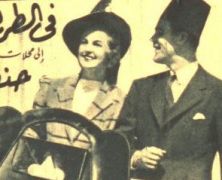Each life cut short had potential attached to it, the potential for a human to become something; to help others, to change the course of history or to simply make someone smile. Each...
Symbols through an Anthropological Lens
Symbols are forms, sensory forms, physical forms seen, heard, and touched that express less tangible ideas, feelings, and values or opinions.
Disturbing Legacy
The swastikas feel like force fields, energy fanning out to cover each arch, each entrance. It looks as if the swastikas are meant to protect, to guard each opening. But history has...
Interview
Confederate monuments will continue to be removed from the American landscape. More communities are rejecting the white supremacist logics imbued by the original monument builders and are...
Colston, Curricula, and Complicated Conversations: Monument Debates and Decolonized Discussions in the United Kingdom
So Colston still haunts the city. There have been calls to keep the stone base up so that it can be used as a site of protest, and indeed art installations and living art performances have...
Keeper of the Past: The International African American Museum
So much of the Southern mystic is defined by memory and memorialization. What is remembered and memorialized continues to reflect our societal values and norms in complicated ways.
Images of Divinity
I believe that in order to walk into a new future we must catch a glimpse of that new future—we must be able to imagine the picture.
Symbols of Modernity in Early Marketing to Egyptian Women
There were major changes in consumer culture in the first half of the twentieth century in Egypt as evidenced by this glimpse into changing representations of women, family, and goods.
The Fall 2020 issue of South Writ Large focuses on the complexity involved in issues of representation and memorialization by exploring monuments, symbols, museums, imagery, and historical markers. This is an important moment, not just in the South, but around the globe, when communities are actively deconstructing and recontextualizing the narratives that have enjoyed dominance for so long so that more people’s stories are included and better represented. This important work moves us all toward a future where individual voices and stories come together to form the mosaic of an expanded, shared, and more fully understood portrayal of our lives and history together.


